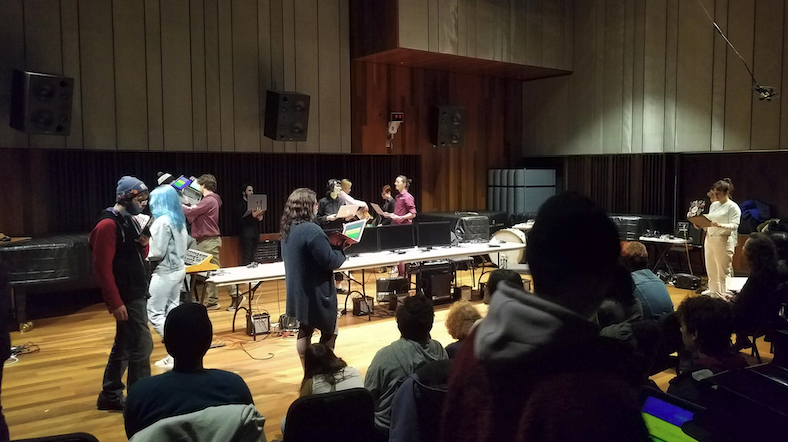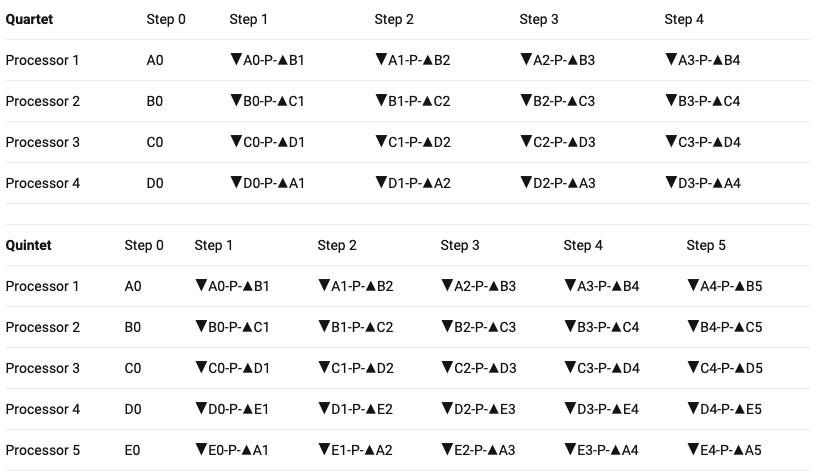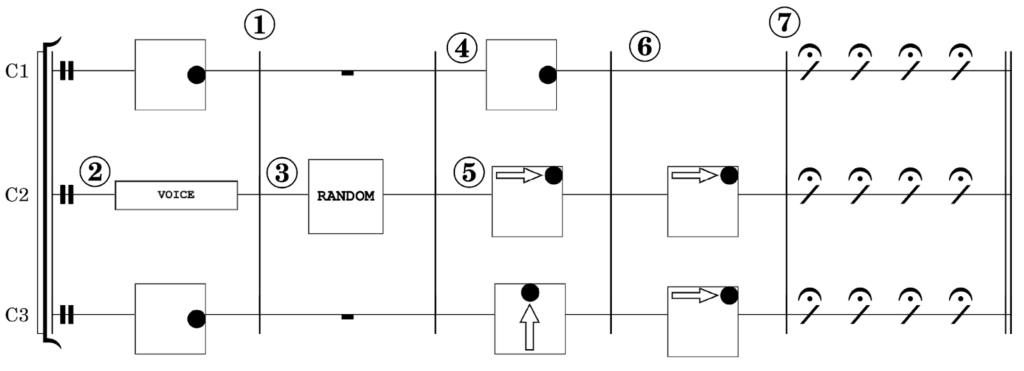A page turner, in my experience, has one of the most stressful musical roles. A single mistake could ruin the concert, but the audience does not recognize the turner’s craftsmanship when the task gets done skillfully. Performing music with a computer shares the same position. A mouse click or fader movement on stage does not get praise since anybody can do it. Yet, electronic musicians practice sequences and combinations of those simple actions to express and share something unique. I hope that this piece shows the possibility of digital virtuosity.
SuperCollider code:




